Native iOS app development
Why should you choose
About Native IOS App Development
Why should you choose native iOS app development?
Webtechnomind offers native iOS app development for your company. Native iOS apps offer a more fluid and responsive user experience.
- For users of the iPhone and iPad, it feels natural and intuitive.
- It integrates with other Apple products and services seamlessly.
- It uses sensors, GPS, and cameras to provide sophisticated functionality.
- It gains from the App Store approval procedure and integrated iOS security.
Productivity Apps: Users may manage their workflow, schedules, and tasks with the aid of these apps. To-do list applications, note-taking apps, calendar apps, and email clients are a few examples.
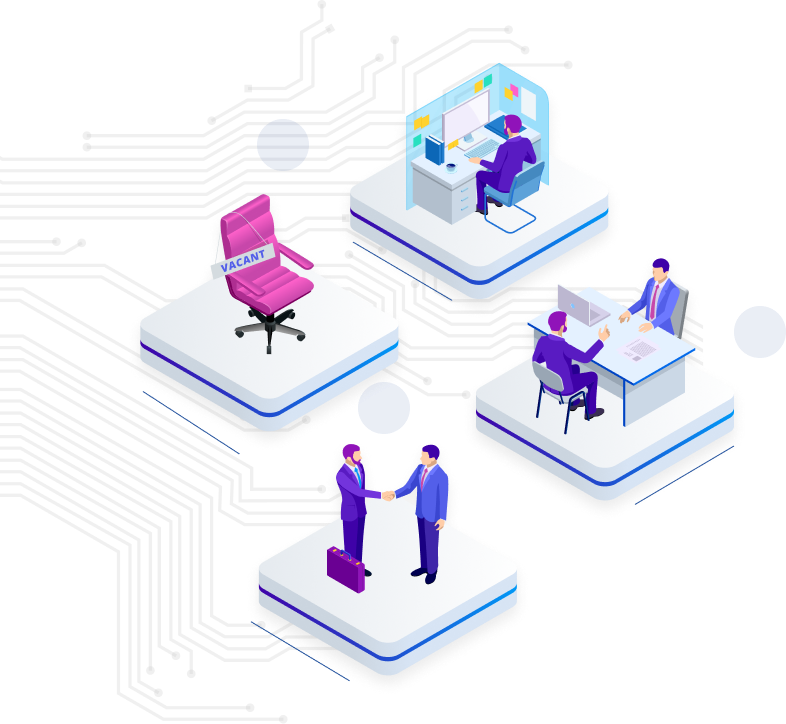
Communication Apps: Users can communicate and exchange information with others using these apps. Email clients, social media apps, video conference applications, and messaging apps are a few examples.
Entertainment Apps: These apps give users access to social media, games, music, and video streaming, among other forms of entertainment.
Business Apps: These applications are made to assist companies with many duties, including operations, sales, marketing, and customer relationship management (CRM). Analytics dashboards, point-of-sale (POS) systems, and inventory management apps are a few examples.
Lifestyle Apps: These applications, which include retail, food and drink, travel, fitness, and health apps, are tailored to the individual interests and pastimes of its users.
Gaming Apps: Mobile gaming is so popular that it is deserving of its own category. It includes a wide range of game genres, including casual arcade games, role-playing games (RPGs), strategy games, and puzzle games.
5 stage process of Native iOS app development
Ideation and Planning (Conceptualize):
- This first phase lays the groundwork for your application.
- Start by outlining the app’s goal, intended user base, and value proposition in detail.
- Conduct thorough research on existing apps in the App Store to understand the competitive landscape and discover potential holes to address.
- To see the features and user interface (UI) flow of the app, wireframe user journeys and make mockups.
Design and Development (Craft):
- User experience (UX) designers follow Apple’s Human Interface Guidelines (HIG) to create a consistent iOS look and feel by carefully crafting visually appealing and intuitive user interfaces for every screen.
- Swift is the main programming language for iOS apps, and developers write code in it using Apple’s official iOS development environment, Xcode.
- To develop essential features, they make use of Apple’s SDK (Software Development Kit), which gives them access to libraries, tools, and documentation.
- During this phase, the app is thoroughly tested to make sure it works as intended and is bug-free.
Testing and Refinement (Polish):
- At this point, Quality Assurance (QA) is essential.
- Testers carefully inspect the app on a range of iPhone and iPad devices, looking for any crashes, UI irregularities, or performance problems.
- Real iOS users conducting user testing can provide insightful input on the usability, intuitiveness, and general user experience of the app.
- The app’s developers improve it by addressing issues and making changes to enhance functionality and user experience in response to this feedback.
Deployment and Launch (Release):
- The app is ready to be released in the App Store after it has undergone extensive testing and polishing
- To generate excitement before to launch, developers craft captivating pictures for the app store, craft captivating descriptions that showcase the app’s capabilities and advantages, and prepare promotional materials.
- Following Apple’s software Store Review Guidelines, which guarantee quality and security criteria, the software is then uploaded to the App Store.
- During this phase, a launch strategy to increase user engagement and downloads after release is also planned.
Maintenance and Updates (Evolve):
- A successful app needs regular updates and upkeep.
- When users report bugs, developers take care of them and provide updates to address problems or add new features.
- It is essential to keep up with the most recent security updates and iOS versions in order to preserve user confidence and optimal performance.
- To keep the app relevant and interesting for users, tracking user feedback and app analytics aids in identifying problem areas and planning future improvements.
We offer THE BEST Native IOSApp development services
Our goal is to generate inventive design solutions and provide exceptional services that prioritize customer satisfaction and enhance the value of your business.
Native Speed, Native Power
Deliver a lightning-fast, ultra-responsive experience that leverages the full potential of Apple devices.
Seamless Integration
Craft apps that flawlessly integrate with Apple’s ecosystem, including Siri, Apple Pay, and HealthKit.
Unmatched User Experience
Build beautiful, intuitive interfaces that take advantage of Apple’s design language and user interaction paradigms.
Offline Champion
Empower users with apps that function flawlessly even without an internet connection.
Rock-Solid Security
Benefit from Apple’s robust security infrastructure for maximum protection and user trust.
Future-Ready Development
Build apps that seamlessly adapt to the latest iOS features and updates, ensuring long-term compatibility.
Our IOS App Development Process
Our iOS app development process involves strategic planning, Swift coding, rigorous testing, and optimization, ensuring the delivery of high-quality iOS applications that align with client requirements and user preferences.

Planning and Design
- Understanding your business
- Analyzing project requirements
- Sending a project estimation

Development
- Creating a visual representation
- Designing wireframes
- Designing UI and UX

Testing and Quality Assurance
- Establishing parameters
- Creating project phases
- Sending feedbacks

Deployment and Launch
- Configuring the server
- Double checking dependencies
- Launching the app
- Understanding the business
- Identifying project requirements
- Drafting proposal document & milestone breakup
Have Questions? We are here to help
Have Questions? We are here to help
It varies depending on the project’s needs. But it can be considered roughly
It varies depending on the project’s needs. But it can be considered roughly
It varies depending on the project’s needs. But it can be considered roughly
It varies depending on the project’s needs. But it can be considered roughly
It varies depending on the project’s needs. But it can be considered roughly
Our Industries
Industries We Serve

Hospitality

Healthcare

Education
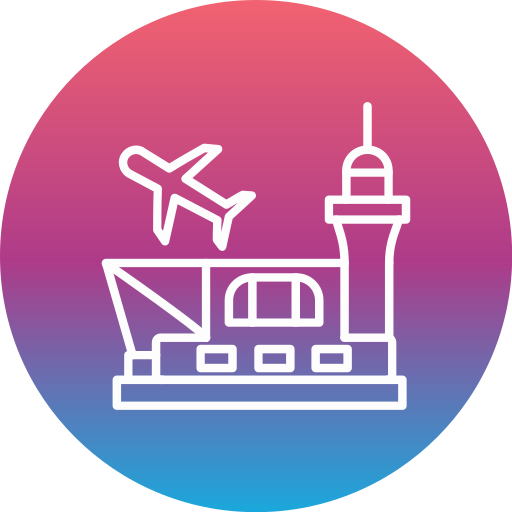
Travel

Real Estate
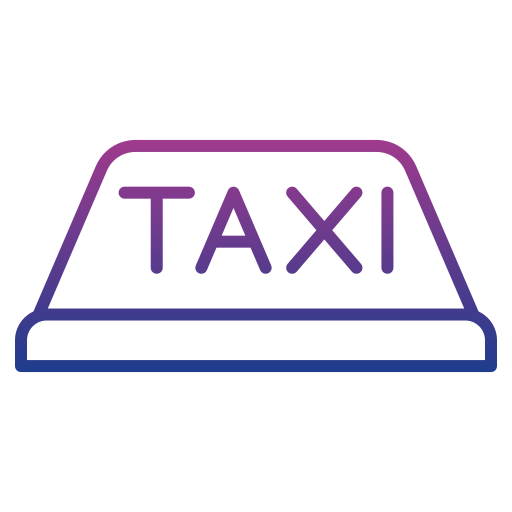
Car & Taxi
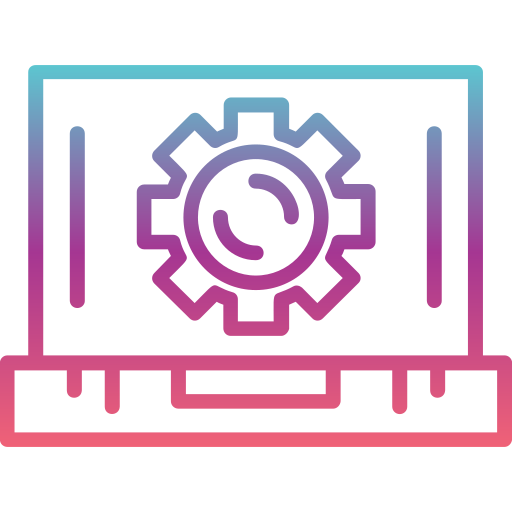
IT
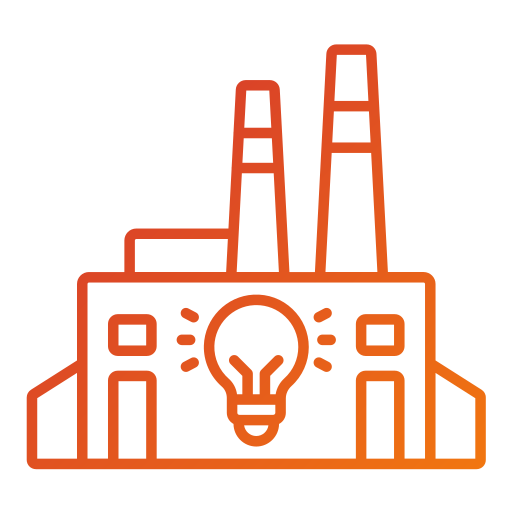
Startups
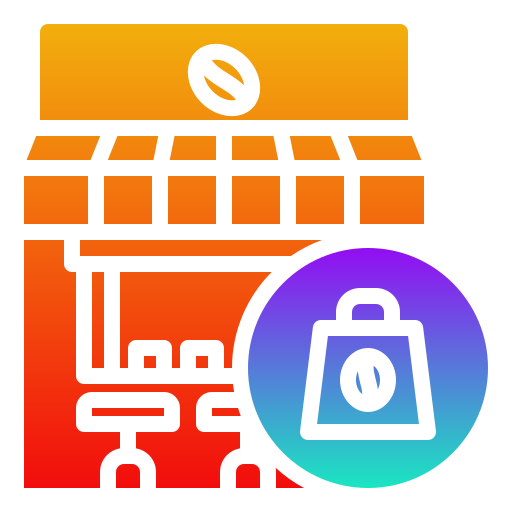
eCommerce Store

Blog & News
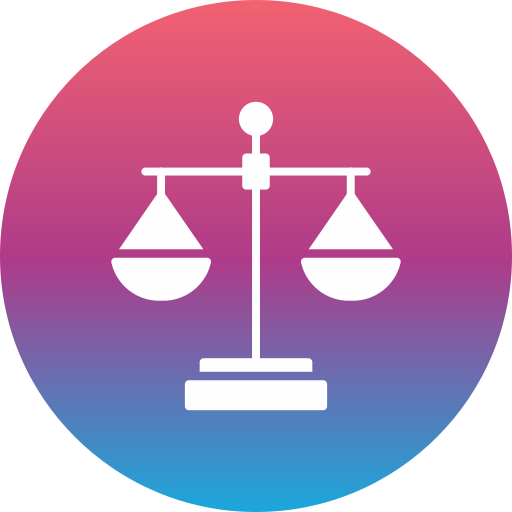
 +447778422500
+447778422500 +91 7980060896 ( Sales)
+91 7980060896 ( Sales)
